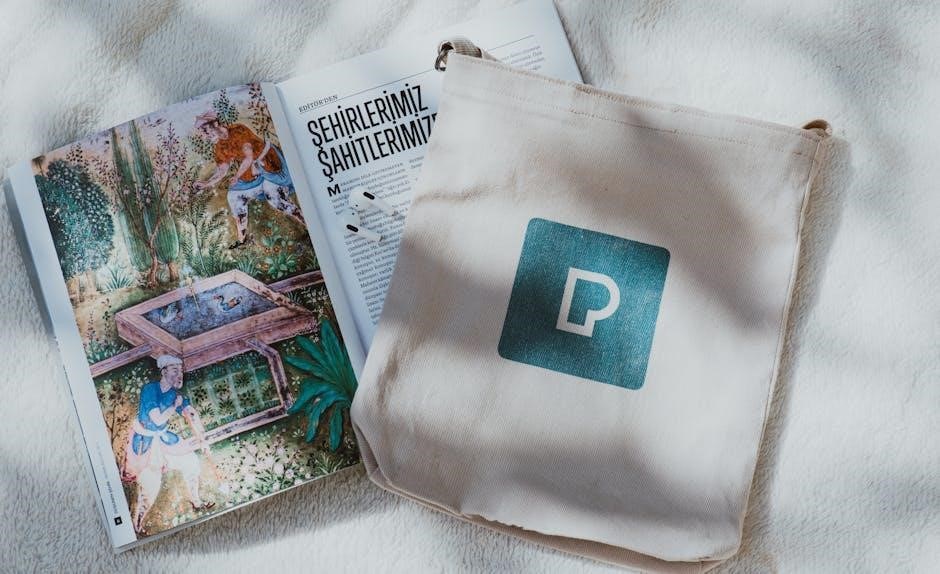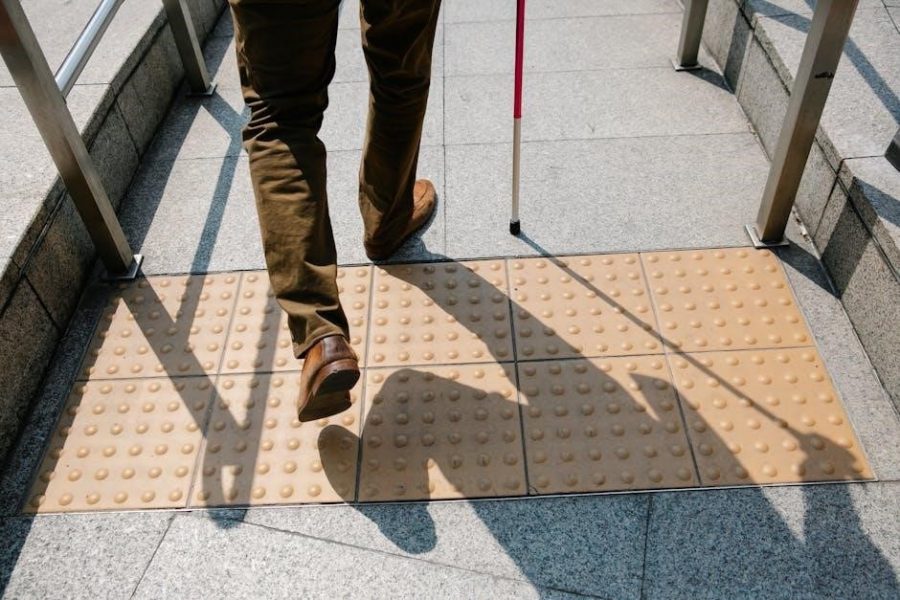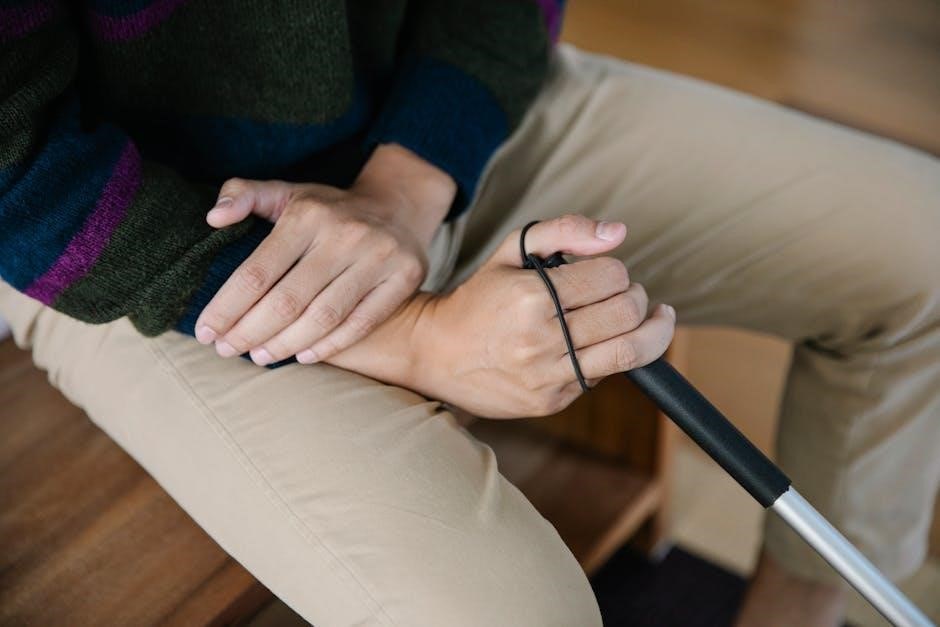Thermodynamics in AP Physics 2
This unit introduces the fundamental laws of thermodynamics, focusing on energy transfer, systems, and processes. Key topics include internal energy, heat, work, and entropy, essential for understanding energy transformations and their real-world applications.
- Exploring thermodynamic systems and their interactions.
- Analyzing processes like isothermal and adiabatic changes.
- Understanding the First and Second Laws of Thermodynamics.
These concepts are crucial for solving problems in heat engines, thermal equilibrium, and energy efficiency, forming a foundation for advanced physics studies.
1.1 Key Concepts and Laws of Thermodynamics
The study of thermodynamics in AP Physics 2 begins with the foundational laws and concepts that govern energy and its interactions. The First Law of Thermodynamics, often referred to as the law of energy conservation, states that energy cannot be created or destroyed, only transferred or transformed. This principle is mathematically expressed as ΔU = Q ⎻ W, where ΔU is the change in internal energy, Q is the heat added to the system, and W is the work done by the system. The Second Law introduces the concept of entropy, a measure of disorder, and explains the direction of spontaneous processes. Key concepts include internal energy, heat transfer, and thermodynamic systems (open, closed, isolated). These laws and ideas are essential for analyzing real-world phenomena, such as heat engines, refrigeration, and energy efficiency. Understanding these principles is critical for solving thermodynamic problems and applying them to practical scenarios.
1.2 Thermodynamic Systems and Processes
In AP Physics 2, thermodynamic systems and processes are central to understanding energy interactions. A thermodynamic system is a region of interest where energy transfer occurs, classified as open (exchanges matter and energy), closed (exchanges energy only), or isolated (no exchange). Processes like isothermal (constant temperature) and adiabatic (no heat exchange) are analyzed to understand how systems change. Key concepts include internal energy, heat transfer, and work done by or on the system. The ideal gas law, PV = nRT, is often used to relate pressure, volume, and temperature changes. These processes are crucial for understanding real-world applications, such as engines, refrigeration, and thermal expansion. Mastery of these concepts enables students to solve problems involving energy transformations and system behavior, laying a foundation for advanced thermodynamics and engineering applications.
Fluid Mechanics
Fluid mechanics explores the behavior of fluids under various forces and pressures. Key topics include Bernoulli’s Principle, pressure calculations, and fluid flow dynamics.
- Understanding fluid pressure and its distribution.
- Analyzing flow rate and velocity relationships.
- Applying Bernoulli’s equation to real-world scenarios.
These concepts are essential for solving problems in hydraulic systems, aerodynamics, and fluid-based technologies, preparing students for engineering and scientific applications.
2.1 Bernoulli’s Principle and Fluid Dynamics
Bernoulli’s Principle is a cornerstone of fluid dynamics, linking the pressure and velocity of fluids in motion. It states that in a flowing fluid, an increase in velocity results in a decrease in pressure, and vice versa. This principle is crucial for understanding various phenomena, such as the lift generated by airplane wings and the operation of helium-filled balloons. Key concepts include:
- The relationship between static and dynamic pressure.
- Applications of Bernoulli’s equation in real-world scenarios.
- Factors influencing fluid flow, such as viscosity and turbulence.
Students analyze fluid flow rate, velocity profiles, and energy conservation in fluids. These principles are essential for solving problems in aerodynamics, hydrology, and engineering, providing a solid foundation for advanced fluid mechanics topics.
2.2 Pressure and Flow Rate Calculations
Understanding the relationship between pressure and flow rate is fundamental in fluid mechanics. Pressure, defined as force per unit area, drives fluid flow, while flow rate measures the volume of fluid passing through a point per unit time. Key concepts include:
- The continuity equation, which relates cross-sectional area and velocity to flow rate.
- Calculating pressure differences using Bernoulli’s Principle.
- Applications of Torricelli’s Law for efflux.
Students learn to analyze systems involving pipes, vents, and dams, applying principles like hydrostatic pressure and viscosity. Practical problems involve determining flow rates in narrow pipes, pressure differences in hydraulic systems, and the impact of fluid density on flow. These calculations are essential for engineering designs, such as water supply systems and irrigation networks, emphasizing the importance of precise measurements and energy conservation in fluid dynamics.
Electromagnetism
Electromagnetism explores the interplay between electric and magnetic fields, their interactions, and practical applications. Key topics include electromagnetic induction, wave propagation, and the behavior of charges in magnetic fields.
- Understanding Maxwell’s equations.
- Analyzing motors and generators.
- Exploring electromagnetic wave behavior.
These concepts are vital for modern technologies like wireless communication, medical imaging, and power generation, emphasizing the unification of electricity and magnetism into a single, coherent framework.
3.1 Electric Fields and Potentials
Electric fields and potentials are fundamental in understanding how charges interact. An electric field is a vector quantity representing the force per unit charge at a point in space. Electric potential, a scalar quantity, represents the potential energy per unit charge. Key concepts include Coulomb’s Law, which calculates the electric field due to point charges, and the superposition principle for multiple charges. Equipotential surfaces and electric field lines are essential for visualizing field distributions. Capacitance and dielectrics are also explored, explaining how materials influence electric fields. Practical applications include capacitors, circuits, and energy storage systems. Understanding these concepts is crucial for solving problems involving electric forces, energy, and field configurations in various physical scenarios.
3.2 Capacitance and Dielectrics
Capacitance measures a capacitor’s ability to store electric charge. Dielectrics, non-conducting materials, are often inserted between plates to enhance capacitance. Dielectrics reduce the electric field, increasing the capacitor’s ability to store charge without increasing voltage. The relationship between capacitance, charge, and voltage is defined by ( Q = CV ). Dielectrics also influence energy storage in electric fields, with their properties affecting the overall energy density. Understanding dielectrics is crucial for designing capacitors and circuits. Practical applications include energy storage systems, filters, and voltage regulators. This section explores how different dielectric materials impact capacitance and their role in modern electronics, emphasizing their importance in optimizing device performance and efficiency. Mastery of these concepts is essential for solving problems involving capacitors and dielectrics in various electrical systems.
Optics
Optics explores the behavior and properties of light, including geometric optics, lenses, mirrors, and wave optics. Key topics cover refraction, reflection, interference, and diffraction, essential for understanding light’s wave-particle duality and applications in photonics.
4.1 Geometric Optics and Lenses
Geometric optics focuses on the behavior of light using ray models, emphasizing reflection, refraction, and the properties of lenses and mirrors. Key concepts include Snell’s Law, which governs light bending at interfaces, and the lensmaker’s equation, relating lens curvature to focal length. Students explore convex and concave lenses, their applications in correcting vision, and the functioning of optical instruments like cameras and microscopes. Ray diagrams are essential tools for analyzing light paths and understanding image formation. This section also covers spherical and chromatic aberrations, limiting factors in lens performance. Real-world applications, such as telescopes and eyeglasses, illustrate the practical importance of geometric optics. Mastery of these principles is crucial for solving problems involving light manipulation and image formation, forming a cornerstone of optics in AP Physics 2.
4.2 Wave Optics and Interference
Wave optics explores the wave nature of light, emphasizing phenomena like interference, diffraction, and superposition. Key principles include Huygens’ Principle and the interference of light waves, where constructive and destructive interference create patterns. Diffraction explains how light bends around obstacles or through apertures, while superposition describes how waves combine. These concepts are demonstrated in Young’s double-slit experiment and single-slit diffraction, illustrating wave behavior. Real-world applications include holography, interferometry, and optical communication systems. Understanding wave optics is essential for analyzing phenomena like polarization and phase changes, which are critical in modern technologies. This section builds on geometric optics, providing a deeper understanding of light’s wave-like properties and their practical implications in physics and engineering.
Quantum and Atomic Physics
Introduces quantum mechanics and atomic structure, exploring wave-particle duality, energy quantization, and photon interactions. Essential for understanding the behavior of matter and energy at the atomic and subatomic level.
Quantum mechanics introduces the behavior of matter and energy at the atomic and subatomic level, challenging classical physics principles. Key concepts include wave-particle duality, quantization of energy, and the probabilistic nature of particle behavior. The photoelectric effect demonstrates how light exhibits both wave-like and particle-like properties, while the Bohr model explains energy levels in atoms. Quantum mechanics relies on wave functions and the Heisenberg Uncertainty Principle, which limits precise measurements of position and momentum. These principles form the foundation for understanding electron configuration, photon interactions, and the behavior of particles in quantum systems. They are essential for analyzing phenomena like quantum tunneling and interference, which are critical in modern technologies and atomic physics studies.
5.2 Atomic Structure and Photon Interactions
Atomic structure explores the composition of atoms, focusing on protons, neutrons, and electrons. Electron configuration explains how electrons occupy energy levels and orbitals, influencing chemical properties. Photon interactions involve the absorption, emission, and scattering of light by atoms. The photoelectric effect demonstrates energy quantization, while Compton scattering shows momentum conservation. These phenomena are fundamental to understanding spectroscopy and atomic transitions.
- Electron configuration and quantum numbers.
- Photon interactions and energy transfer.
- Applications in spectroscopy and fluorescence.
These concepts are critical for analyzing atomic behavior and light-matter interactions, forming the basis for technologies like LEDs and lasers. Understanding atomic structure and photon interactions is essential for advanced topics in quantum physics and materials science.


















































